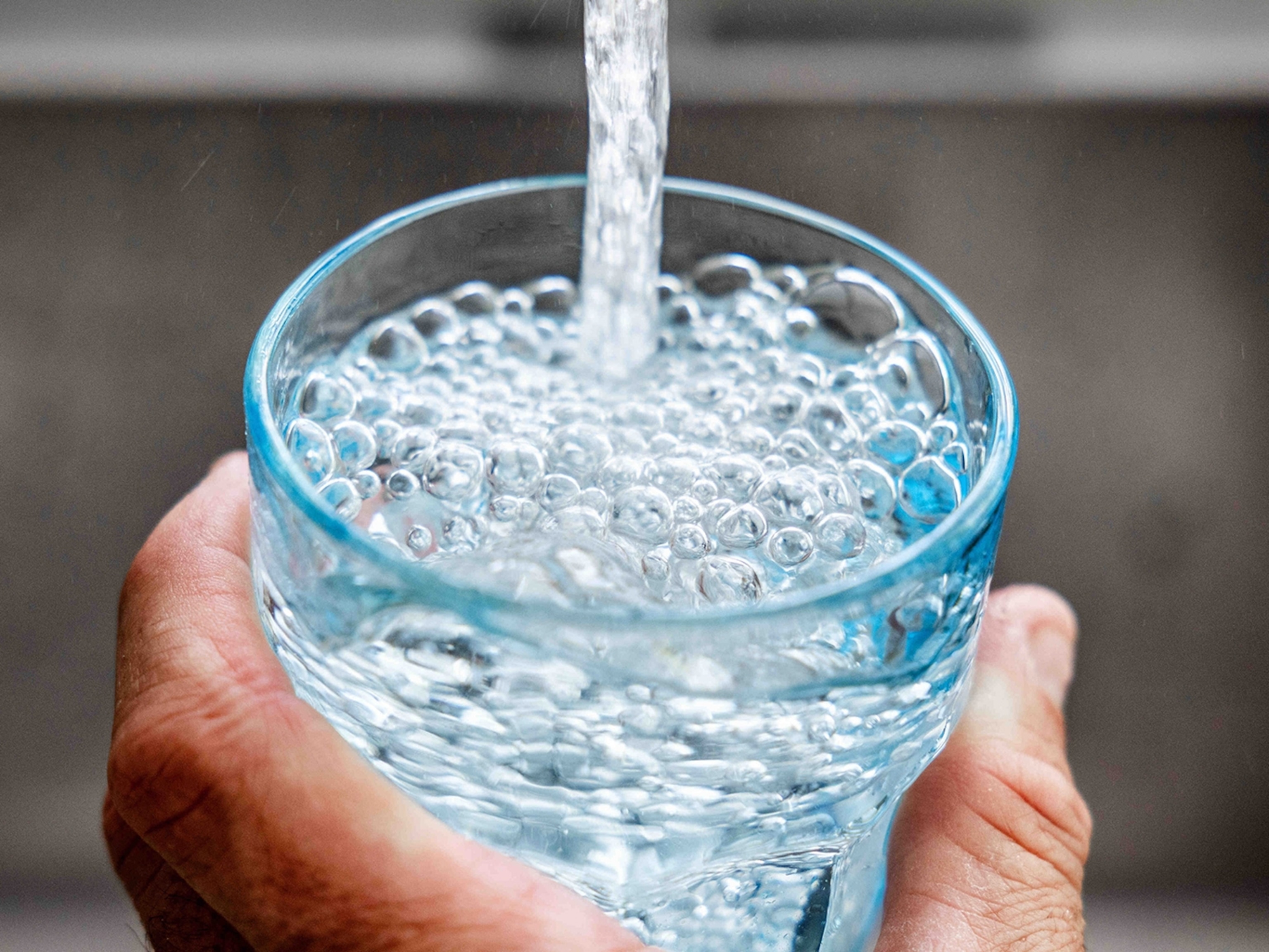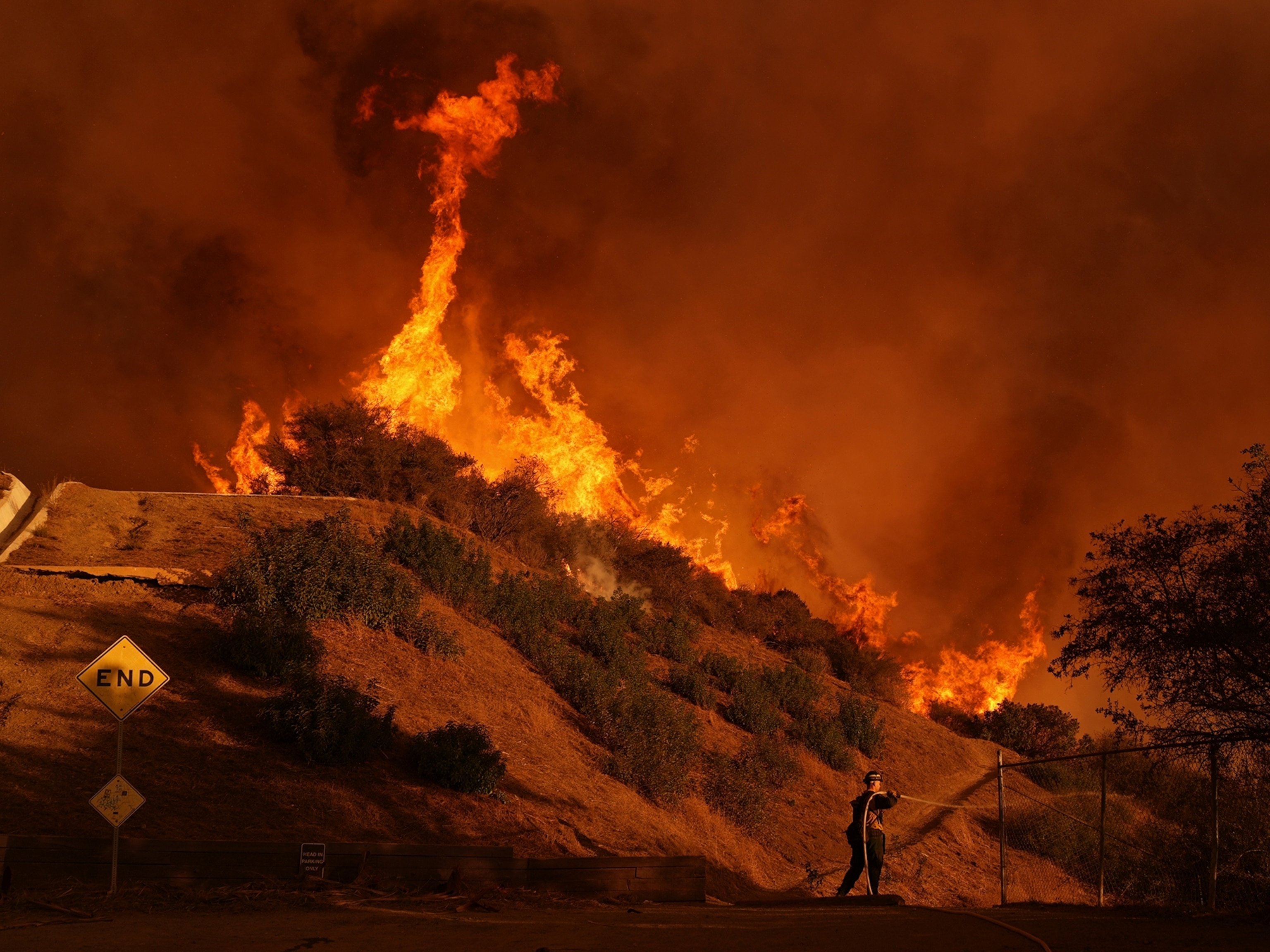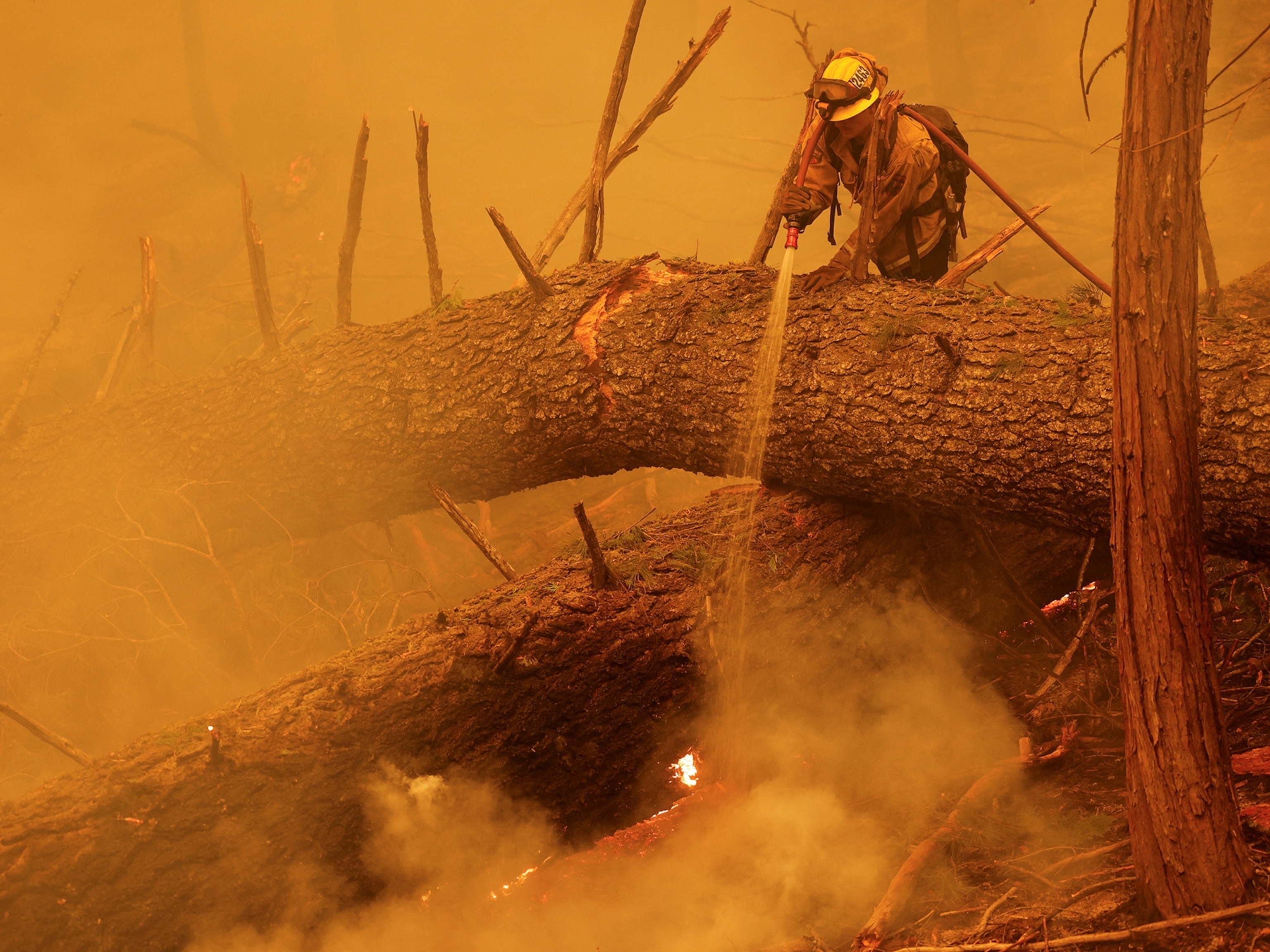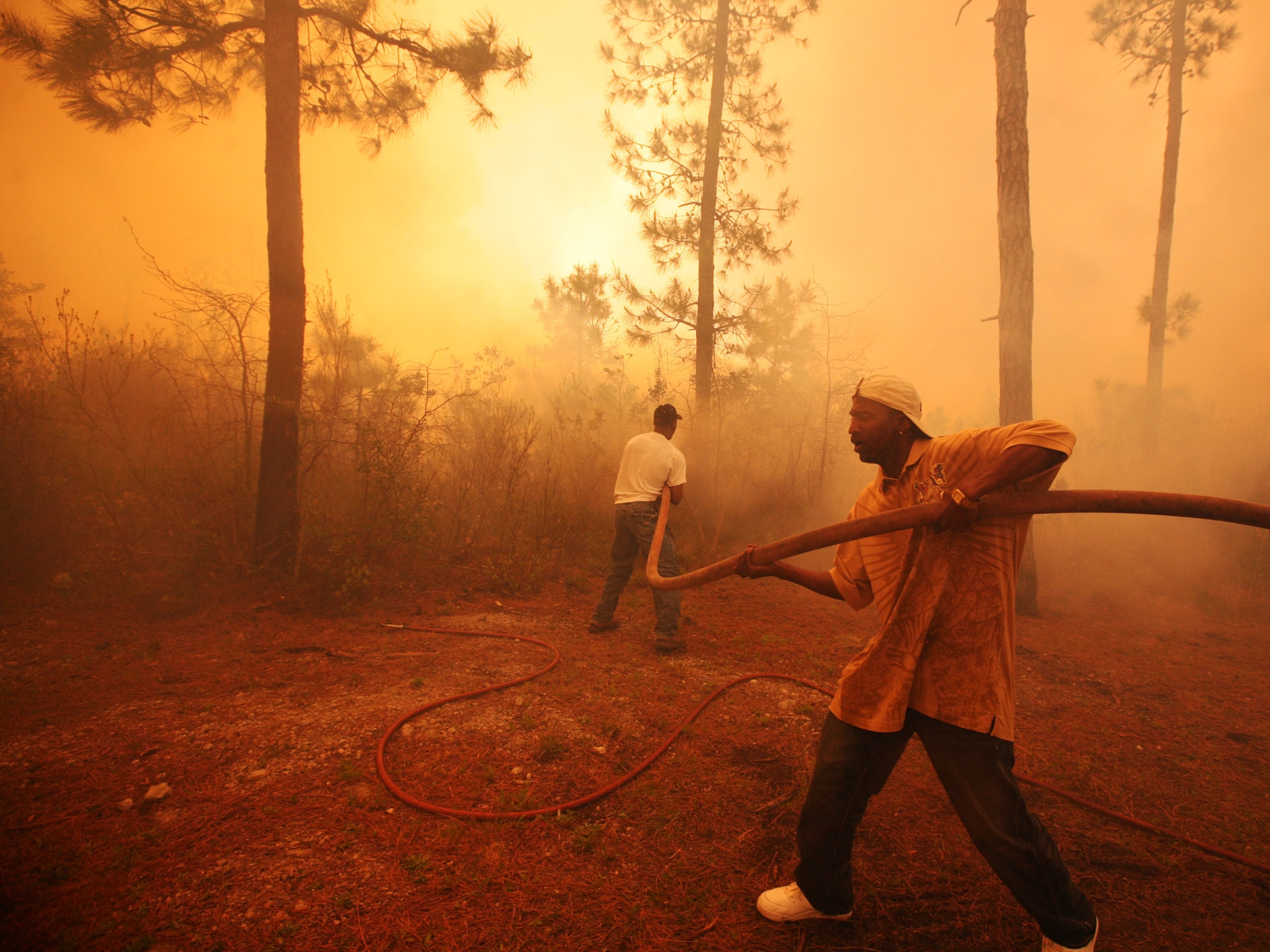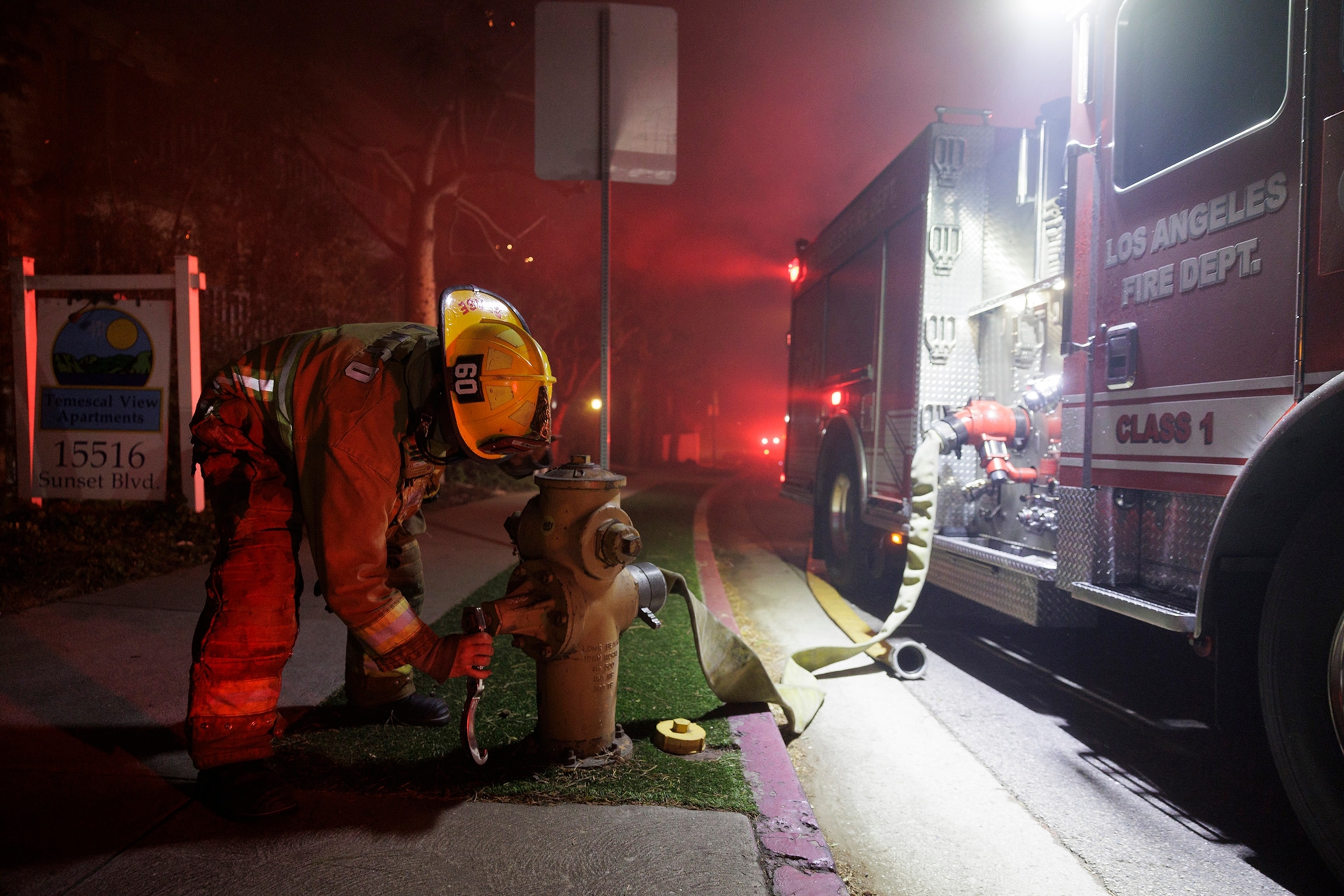
Here's what really caused L.A. fire hydrants to run out of water
As unprecedented wildfires raged through Los Angeles, some firefighters suddenly lost access to water. City officials called one shortage a “worst-case scenario”—one they expect to see again in the future.
As multiple blazes ignited across Los Angeles, California on Tuesday, attention quickly shifted to another element: water.
Within seven hours of the Palisades Fire igniting on the west side of the city, Janisse Quiñones, CEO of the Los Angeles Department of Water and Power, said one of three million-gallon tankers available to fill the neighborhood’s hydrants had been bled dry. The next was finished later that evening; the final one reached empty in the early hours of Wednesday.
By the time the smoke-shrouded sun rose, stories of tapped and broken hydrants stationed outside of burning homes were swirling across social media, eliciting a wide range of theories about what went wrong.
But experts say this failure isn’t easily pinned on one issue or failure—instead, it’s the foreseeable result of a system that was never ready for the sort of climate change-fueled fires we now face in urban areas.
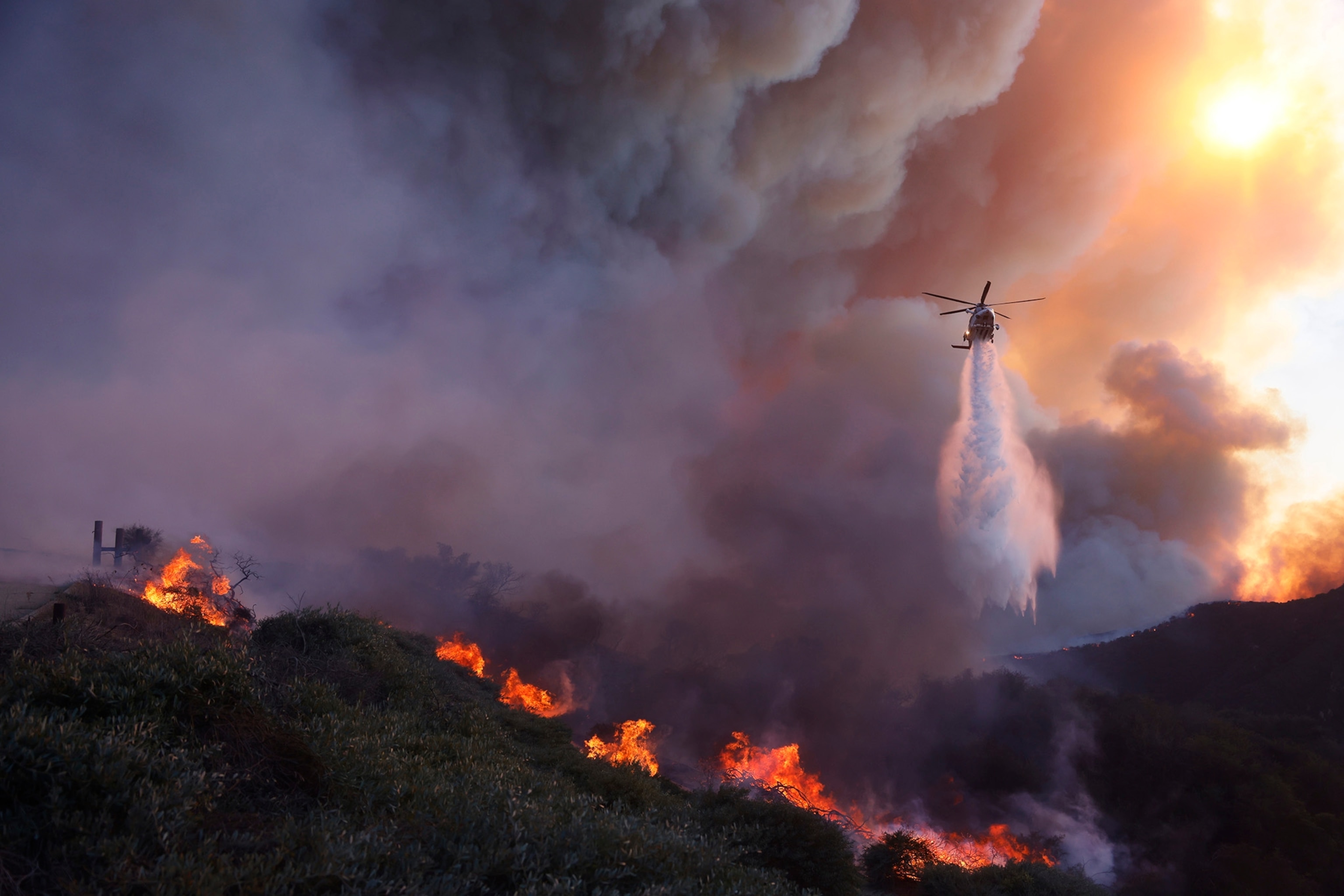
A challenge of access, not supply
Over the past decade, California has experienced historic drought conditions, which have resulted in water-restricting policies. And while the past two rainy winters have offered some reprieve in Southern California, 2025 has been off to a record-dry start. Climate scientist Daniel Swain referred to this swing between extreme rain and drought as “hydroclimate whiplash,” which his research found is exacerbated by global warming.
While this boom-bust precipitation cycle creates particularly dangerous conditions for fires, it has allowed for California to see its previously shrinking water reserves fill in recent months. So while drought has been a persistent problem in Southern California, it wasn't behind the cause of the city's water shortages. It also can’t be chalked up to restrictions protecting the endangered Delta smelt, a tiny fish that has proved to be a perennially politically popular scapegoat for water issues. The fish’s protected status limits water usage in its Sacramento–San Joaquin River Delta habitat, which some have argued should be freed up for human consumption.
Quiñones instead explained it as an issue of access.
During that roughly 15-hour window from the Palisades Fire sparking and the available water tanks running dry, Quiñones said the demand for water was four times the norm, causing water pressure to lower. This made it difficult to achieve the force needed to get water into the higher-elevation tanks, particularly at the rate necessary to address a fire moving five football fields a minute, boosted by the gusty Santa Ana winds.
"We pushed the system to the extreme," Quiñones said during a Wednesday news conference. “We're fighting a wildfire with an urban water system. And that is really challenging.”

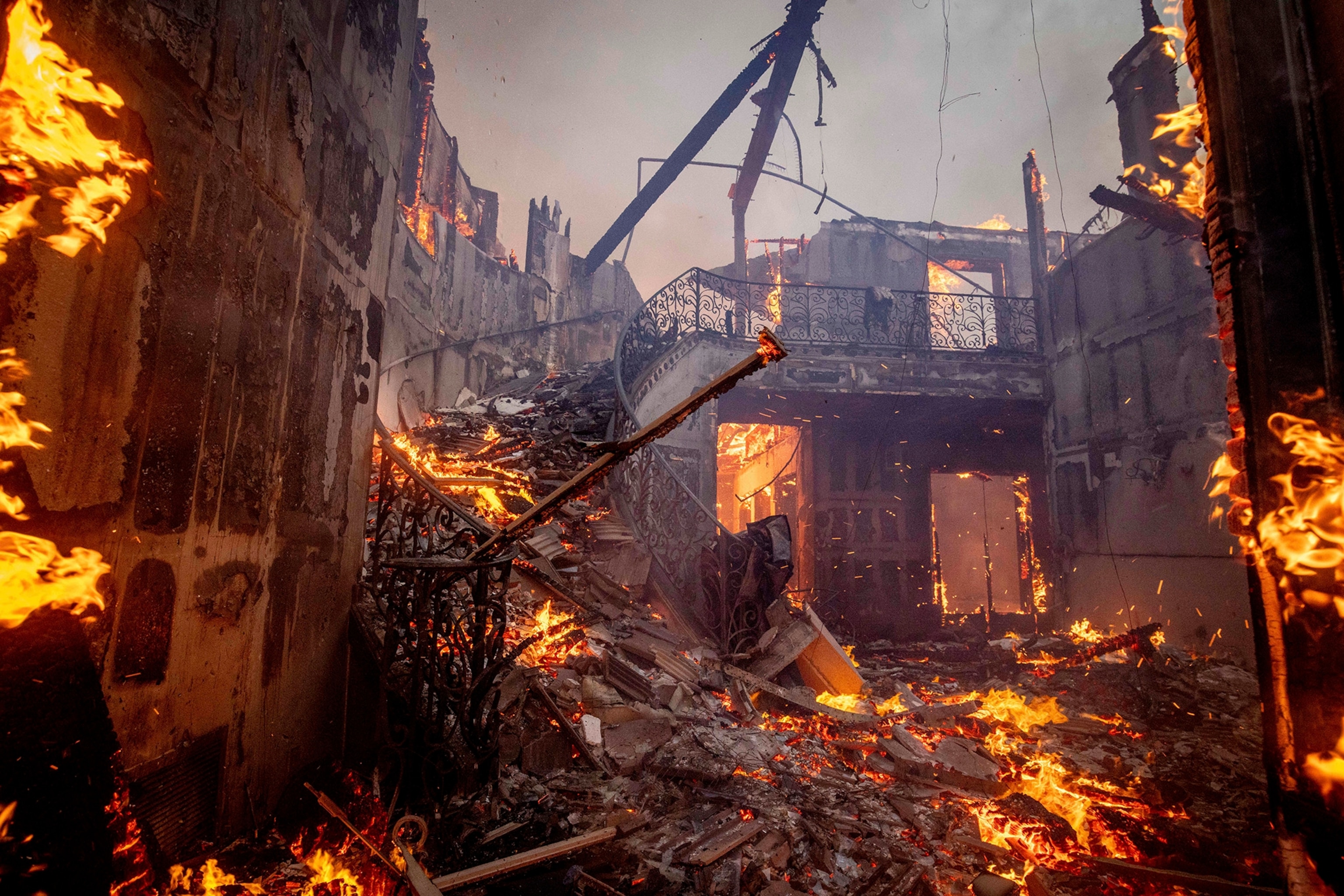
Why urban areas are a unique water challenge
Faith Kearns, a wildfire and water expert at Arizona State University, said understanding the impacts of wildfires on water systems is a relatively new area of study, particularly when it comes to urban areas like Los Angeles. Kearns co-authored a 2021 brief on this intersection, focusing on California and inspired by incidents like the 2017 Tubbs Fire, which burned into the city of Santa Rosa.
“Everybody has known that there was the potential for something like this to happen because we've seen it on a smaller scale,” Kearns said.
While the demand issues Quiñones cited is one aspect of the failure, Kearns believes a number of issues contributed to the overall lack of water where and when it was needed.
The lack of fire hydrants would not have been quite as dire if the wind was not strong enough to prohibit helicopters from flying overhead and dropping waters—a challenge that also plagued firefighters responding to the Lahaina, Maui wildfire in 2023. Fires can also cause power cuts or damage water pipes and other infrastructure, creating additional issues all their own.
The Palisades Fire has proved particularly challenging for firefighters, already recognized as the most destructive fire in Los Angeles County even as it continues to burn and the true toll is still unknown. Still, Kearns believes it speaks to a larger need to plan for these sort of unprecedented situations during which multiple lines of preparation might fail.
“It was like a worst-case scenario, but I think we should be planning for those worst case scenarios,” she said. “You can't predict everything, but also, I do think this is where we're headed.”
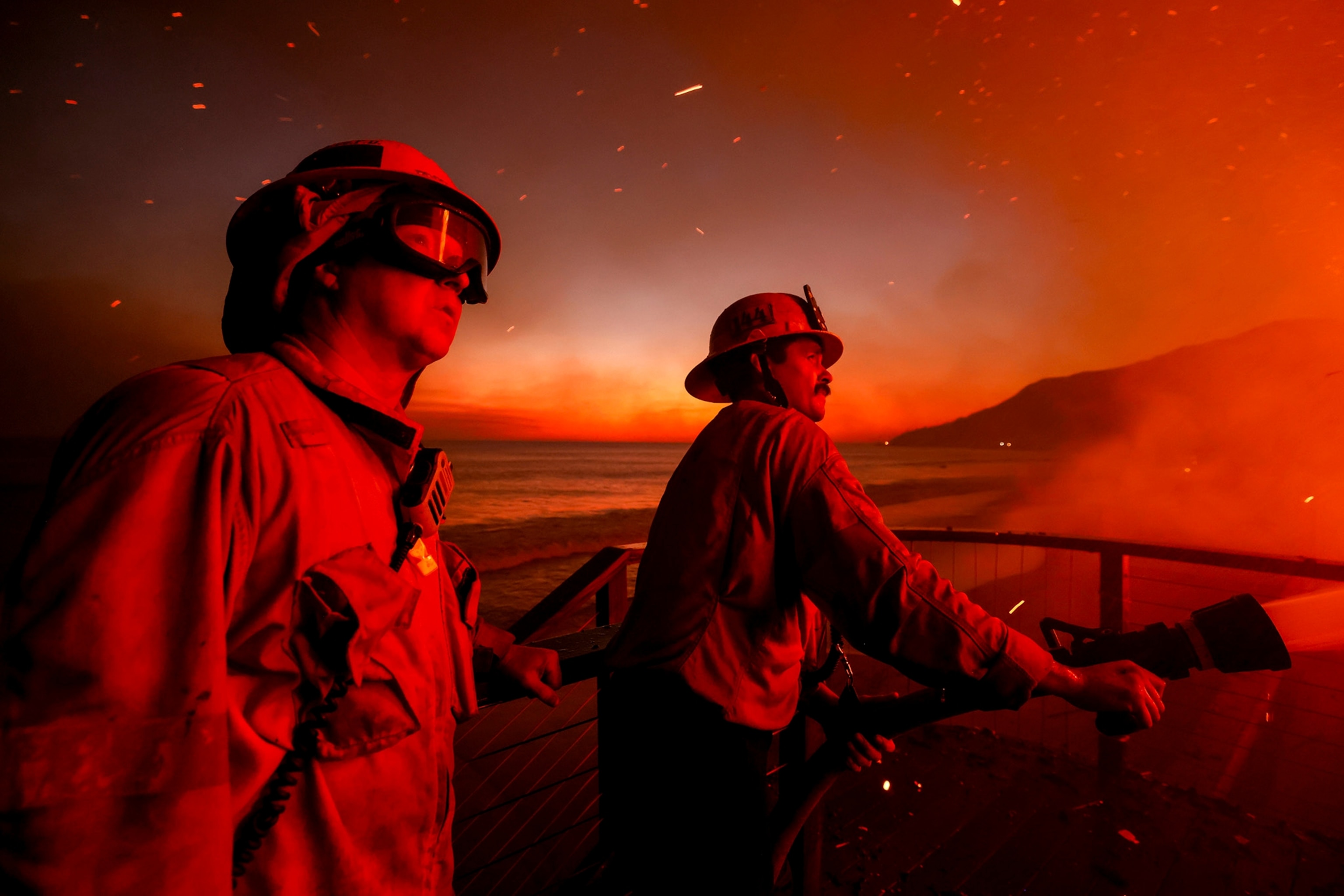
Beyond the fire
Accessing water is not just an issue during the firefighting phase, but a persistent challenge for areas during the recovery process.
Multiple zip codes in Los Angeles are currently under boil water notices due to concerns that their supplies were tainted during those low-pressure times, which can allow debris like ash to seep into the system.
And once the flames finally die down, water pipes and pumps will need to be assessed for any additional damage.
For those in Los Angeles, you can check your local water utility’s website for updates or sign up for emergency alerts from your city or county to ensure you’re aware of any issues in your area.

